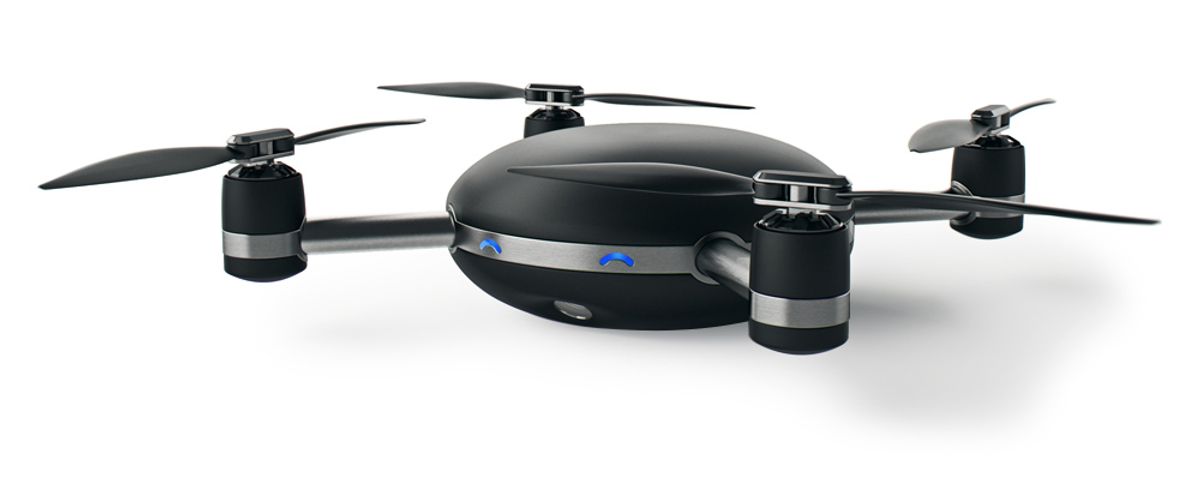Lily, a high-flying camera drone company that came out of stealth in 2015, came in for a hard landing today. The company announced that it spite of impressive pre-orders—$34 million worth—it couldn’t nail down the financing needed to “unlock our manufacturing line” and would be issuing refunds to all would-be customers. Lily’s founders, Antoine Balaresque and Henry Bradlow, have not yet been available for comment.
When I first met Balaresque and Bradlow, they were building prototypes of Lily in a crowded garage behind an Atherton, Calif., hacker house. I knew I was seeing the beginning of a classic Silicon Valley startup tale. The founders were fresh out of college, met at a hackathon, and had an idea and the energy and passion to run with it. Unfortunately, a lot of Silicon Valley startup tales don’t have a happy ending. At this point, it’s hard to know what went wrong.
The most likely reason may simply be that Lily couldn’t run fast enough to stay ahead of the pack. The company is no longer the only flying camera out there: other drones have been demonstrated that can be tossed into the air, self-stabilize, and follow a selected subject, like the Hover camera, from Zero Zero Robotics. (When I saw Zero Zero’s huge display at CES 2017, I did find myself wondering just what had happened to Lily.) And established drone makers have added auto-follow functions like those promised by Lily.
Maybe the company burned money too fast. Last January, when Lily announced a delay in its ship date from February 2016 to summer, the company was sitting on $15 million in venture money, had 40 employees, many with impressive industry resumes and was working out of San Francisco offices; no more hacker garage. I was a little surprised it was acting like a big company so quickly.
Or maybe software problems did it in; at the time of the delay announcement, Lily’s then-head of communications Kelly Coyne told me the problem was with the flight controls. “Making something that is following you around taking video that is perfect and seamless when you move left and right, or stop or jump, takes a lot of work to get perfect,” she said. In a letter to preorder customers Lily explained the delay as caused by “component optimizations [that] required us to redesign core parts of our flight software to achieve smoother and more stable flight” and indicated it had needed to upgrade the image processing hardware and add sonar.
Whatever the reason, I’m always sorry to see enthusiastic and hardworking founders fail, even if, in Silicon Valley, failure is an expected part of a young entrepreneur’s education. Good luck, guys, with whatever comes next.
Tekla S. Perry is a former IEEE Spectrum editor. Based in Palo Alto, Calif., she's been covering the people, companies, and technology that make Silicon Valley a special place for more than 40 years. An IEEE member, she holds a bachelor's degree in journalism from Michigan State University.



